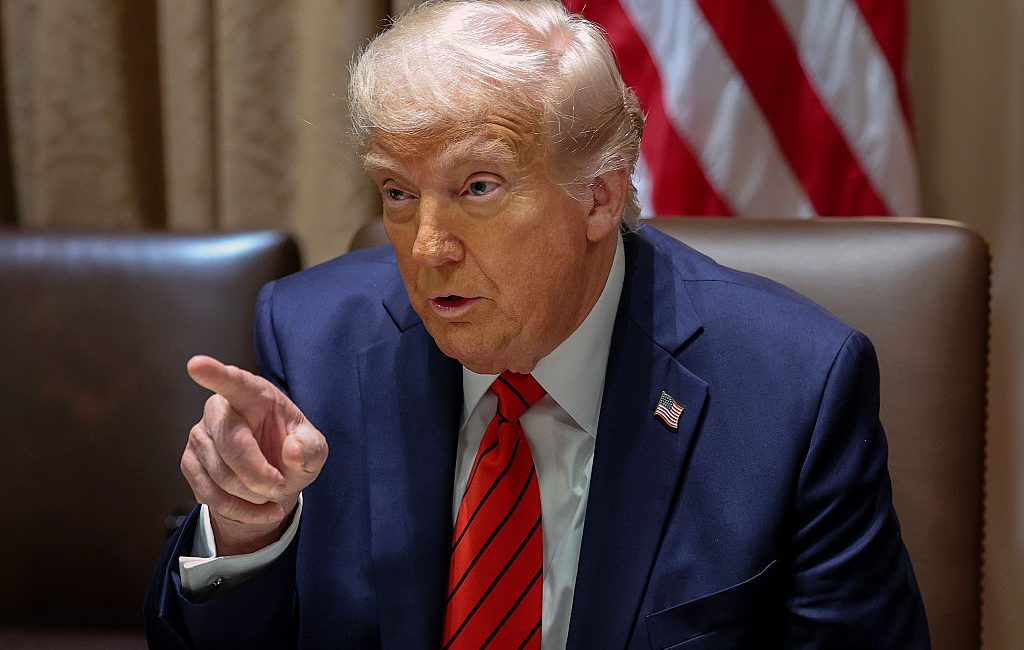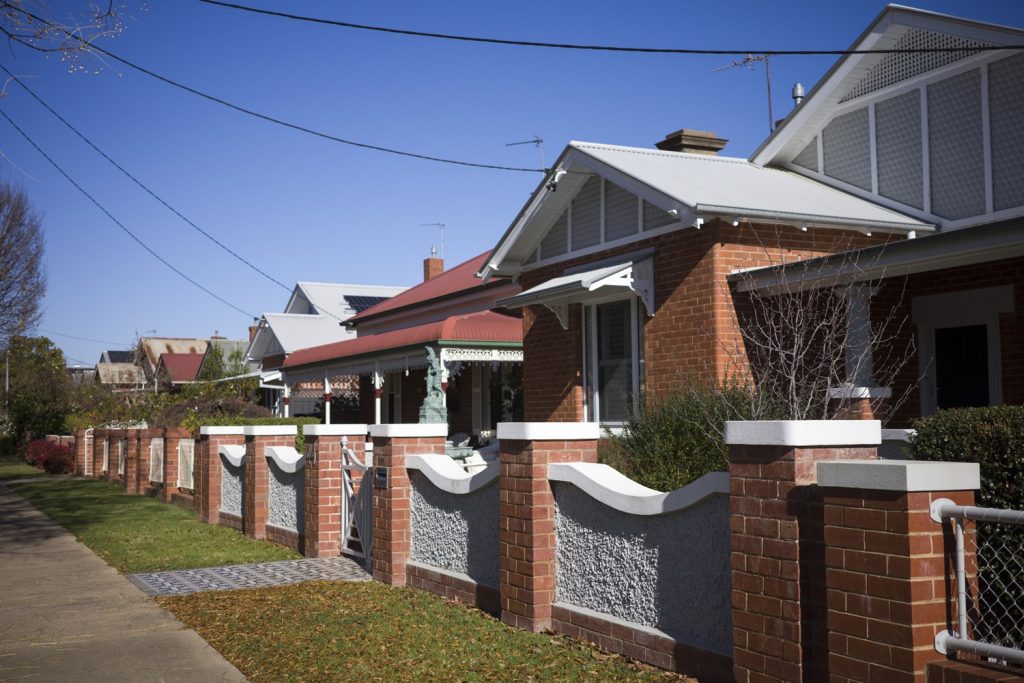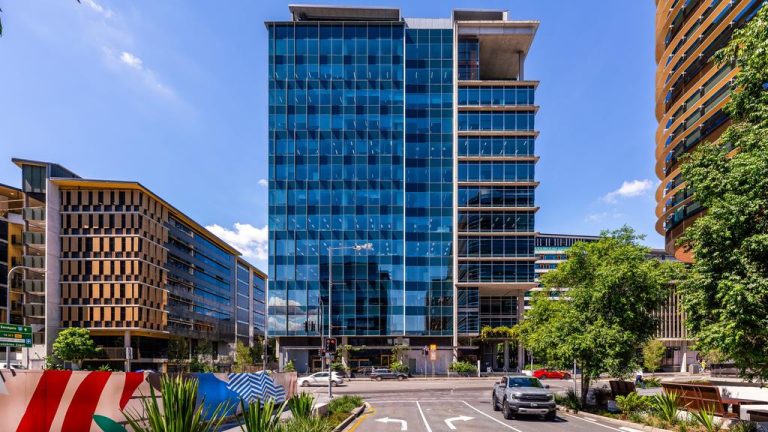Are tariffs a boon for Aussie property?

Trump’s decision to impose sweeping tariffs on all its trading partners has sent shockwaves through the global economy over the past month.
While the direct impacts from tariffs are likely to be limited in Australia given that the US accounts for only 4% of our total exports, the indirect effects could be far reaching.
From economic growth downgrades to a higher likelihood of interest rate cuts, Australia’s property market won’t be immune from the impacts of tariffs. But despite the uncertainty, there are signs that both residential and commercial real estate in Australia could benefit – at least in part.
Following the announcement of the ‘Liberation Day’ tariffs, markets priced in a higher expectation of a May interest rate cut, with all four big banks now predicting a further three cuts this year.
All else equal, lower interest rates imply higher property prices due to the cheaper cost of borrowing and improved buyer confidence.

Home prices could partially benefit through lower interest rates due to the tariffs. Picture: Getty
In the week following February’s rate cut, realestate.com.au saw the highest weekly volume of buy searches in more than three years. Similarly, buy searches on realcommercial.com.au rebounded following the cut, remaining elevated through March and April in what has been the strongest start to the year since 2021.
From a global investment perspective, Australia is also becoming relatively more attractive. As trade and economic policies become increasingly unpredictable in the US, offshore investors may view Australia as a safer, more stable alternative.
Furthermore, with heightened volatility playing out across stock markets globally, real estate may benefit from a ‘flight to stability’, as investors seek out stable, income producing assets.
But risks remain. Since the tariffs were announced, the International Monetary Fund (IMF) has downgraded global growth for 2025 from 3.3% to 2.8%, and Australia’s growth from 2.1% to 1.6% due to a predicted $13 billion reduction in national output.
China, Australia’s largest trading partner and the country hit with the highest tariffs, will be affected too, with any slowdown in China expected to have consequences here.

Commercial real estate like offices, shopping centres and warehouses may be impacted if the broader economy slows down as a result of the tariffs. Picture: Getty
Any slowdown in Australia’s economy could impact the housing market. For example, an increase in unemployment could lead to a rise in distressed sales. But this impact is likely to be limited and counteracted by lower interest rates.
Furthermore, most Australian mortgage holders are well placed to weather the storm, with less than 1.5% currently behind on their repayments and less than 1% in negative equity.
The commercial property sector, in contrast, could be at greater risk. Typically, the performance of commercial real estate markets is more closely tied to the broader state of the economy.
Supply chain disruptions, higher input costs, and greater uncertainty are expected to hurt business confidence and investment. This could hurt demand for commercial real estate, particularly in sectors with heavy exposure to businesses who operate in export intensive industries.
But even here, lower interest rates could provide some relief by reducing financing costs which could in turn encourage investment.
Overall, while tariffs could signal a tough road ahead for the global economy, the combination of lower interest rates and Australia’s relative stability should help to underpin the performance of our real estate markets in the year ahead.







